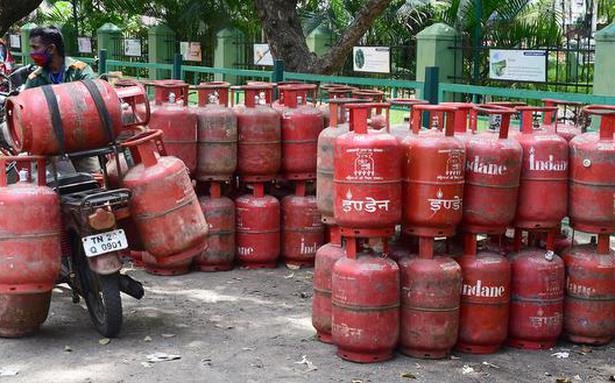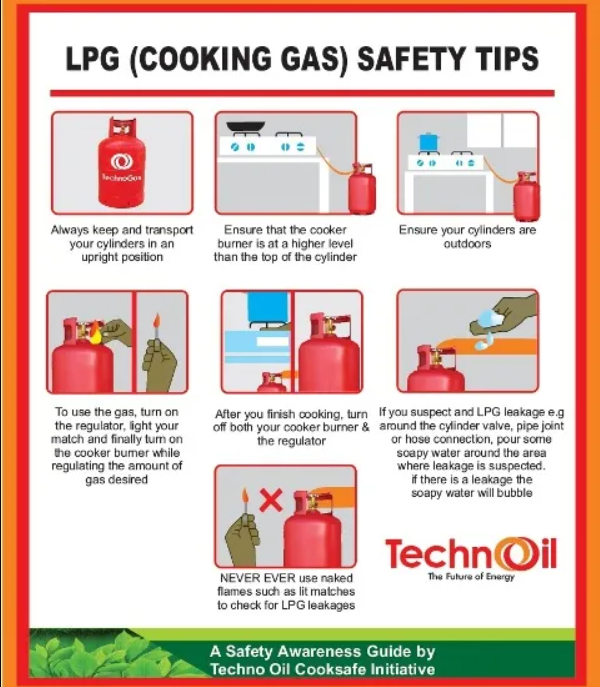
LPG Introduction
LPG stands for Liquefied Petroleum Gas, which is also known as petroleum gas. It is used in cooking, and heating, as a fuel in vehicles, and is also used as a refrigerant. It has advantages in a variety of utility markets, from industrial to the household. In this article, we will discuss what LPG is, its history, its uses, as well as its benefits and drawbacks.
| Important Links PM LED Bulb Scheme 2023 PM Rojgar Mela 2023 Apply Online PM Kisan 13th Installment आत्मनिर्भर भारत रोजगार योजना 2023 ऑनलाइन PM Free Silai Machine |

Apply Online For Government Scheme
What is LPG (Liquefied Petroleum Gas)?
Liquefied Petroleum Gas (LPG) is also known as autogas because it is used as a fuel in automobiles. LPG is a mixture of hydrocarbon gases and is flammable. It has a high heating value and is therefore popular in the heating industry as well.
- It consists of many gases, such as propane, butane, and isobutene. LPG is primarily composed of butane and propane. But on the other hand, natural gas has methane in greater quantities.
- The production of liquid petroleum gas involves the refining of raw natural gas or crude oil.
- The natural state of LPG is that of gas. As a pressurized liquid, it is kept in storage and transferred in cylinders designed for the transport of LPG. Besides, a full cylinder holds 86 percent liquid.

Liquefied Petroleum Gas is known by many names:
It’s important to know that there is a difference between natural gas and LPG, but at the same time, LPG has many names associated with it. Therefore, according to its ease, people around the world call it by many other names, such as:
- Propane is common in countries where, after refining, it is obtained. It mostly contains propane in it.
- Since, in areas where, after refining LPG, it comprises a mixture of butane and propane proportionally, it is called butane.
- It is also called “Autogas” because vehicles are modified to use as fuel.

How LPG is obtained
Crude oil and natural gas are fossil fuels that were formed thousands of years ago beneath the earth’s surface liquid petrol gas is obtained by:
- Refining of Crude Oil
- Natural gas processing
In both processes, liquid petroleum gas is separated from crude oil and natural gas. The next step is called “LPG fractionation,” and it involves separating the LPG into its component gases, such as butane and propane. Then, in the final step, it is stored and distributed via LPG cylinders in the form of liquid. That is why this gas is called liquefied natural gas. Then, if it is released for usage purposes from cylinders, it is released as a gas. Routine inspections and checks are required for LPG stored in storage facilities as it has to be handled with care.

History of Liquid Petroleum Gas
- Dr Walter Snelling, an American scientist, discovered LPG in 1912 when he found that these gases could be transformed into liquids and held under low pressure.
- Between 1912 and 1920, LPG applications were developed.
- The first liquid petrol gas stove was manufactured in 1912, and the first LPG-powered automobile was created in 1913.
- A difficulty arose in the natural gas distribution process in the initial periods. Gradually, facilities were built to compress natural gas and separate gases that could be turned into liquids.
- LPG’s first commercial goods debuted in 1912.

Advantages and Disadvantages of LPG
Advantages of LPG
The main benefits of using LPG are that:
- Mostly, LPG is popular and advantageous to low-income households where it is used for heating and cooking purposes. Also, it burns cleanly, which makes it better than other fuels like wood or charcoal for burning.
- In households, the combustion of traditional fuels generates a great deal of waste, which must be cleaned on a regular basis.
- Compared to conventional fuels, it has significantly fewer health concerns. Nearly 90% of indoor air pollution is reduced.
- Almost all fuels have an environmental impact. But it has relatively fewer CO2 emissions after use. Furthermore, it reduces the carbon footprint as it has a very low percentage of greenhouse gases produced after use.
- Since Liquid petrol gas has a high heating value, also known as its caloric value, this indicates that it is capable of producing a significant amount of heat over a relatively short period of time when used as an energy source.
- Stoves operated by liquid petroleum gas run with ease, give a lot of heat energy and are easy to maintain and clean in comparison with biomass or wood.

Disadvantages of LPG
The main drawbacks of using LPG are:
- Although LPG is increasing in popularity as a cooking fuel, it is not available everywhere. The LPG supply market is low as per demand.
- Liquid Petrol Gas as such is not costly, but the hardware to use this fuel might cost a bit.
- All nations lack direct production or reserves of this fuel, so it must be imported, making them dependent on others.
- As LPG is highly flammable, that makes it risky to store and carry. High precautions are to be taken to avoid fire accidents.

Uses of Liquified Petroleum Gas
Liquid petroleum gas is not poisonous and is very flammable, which makes it very dangerous, but it has many uses:
- LPG is used in various sectors like health, industrial, construction, transportation, and residential use.
- It is used for cooking because it is cheaper than other fuels and thus makes it beneficial economically. In many countries, it’s commonly used for domestic cooking.
- Liquid Petrol Gas is used for heating purposes. People use electricity, kerosene, or natural gas to heat their homes, but LPG is a great alternative.
- LPG is also used as dual fuel in many new technologies to produce heat and electricity, like in CHP (combined heat and power) systems.
- Liquid petroleum gas is used as a vehicle fuel, hence it gets the name “autogas.” In comparison with petrol, LPG burns cleaner and is more economical. It has some problems. It is not as efficient as other fuels used in cars, so it is not as popular. But still, there are some modified cars in which Liquid Petrol gas acts as a bi-fuel and can be used in conjunction with petrol.
- It is also used in refrigeration applications as a refrigerant.

Future of Liquefied Petroleum Gas
Today, petroleum gas is used in millions of kitchens worldwide, not only in homes but also in hotels and automobile industries.
- LPG has a high calorific value when compared to other liquid fuels. In addition to this, it is more affordable and will continue to be a useful fuel for kitchens in the years to come.
- It is a clean fuel that also helps to promote greenery, and because of this, it has a smaller carbon footprint than other fuels, which makes it a more desirable option for the future.
- As there are lots of benefits of Liquid gas, new technologies and new ways have been idealized to use liquid petrol gas in a more beneficial way. like heat pumps and CHP-related technologies.
- In the automobile industry, innovative ideas are being developed to be used with diesel-based engines to produce very little carbon gasses.
- Furthermore, new innovations are being developed to use liquid gas with biofuels.
Conclusion
Liquid petroleum gas is very flammable. It needs to be kept away from sources of ignition and in a well-ventilated area so that any spills can be cleaned up or discharged safely. LPG has a high calorific value and, therefore, is best suited for cooking purposes, but due to the increase in usage of LPG, it is getting scarce in many nations. Therefore, new strategies to discover new reservoirs must be laid down.
- To Read About The World’s Future Energy Sources- Click Here
- To Read About Why Cost of Petroleum Products is Rising- Click Here
- To visit the official website of the Indian Ministry of Power- Click Here
- To visit the Ministry of New and Renewable Energy- Click Here